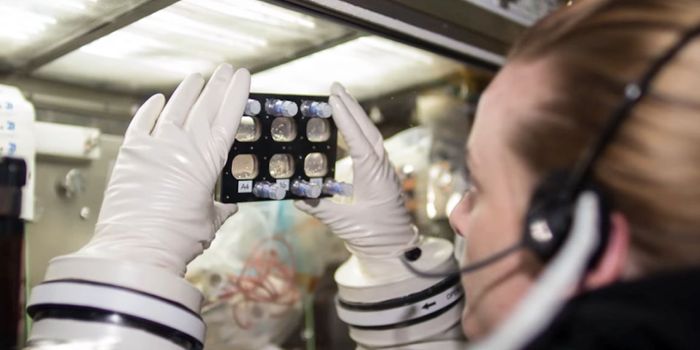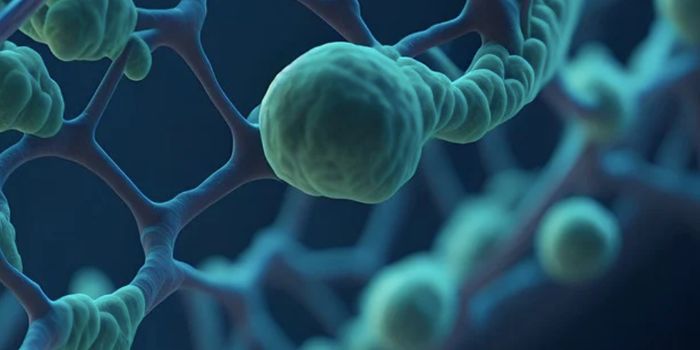Aging Cells May Lose Control of Where an mRNA Sequence Starts
When a gene is active, it's transcribed from DNA to RNA, and a specific sequence in the genetic code acts like a signpost so the cellular machinery knows where it should start transcribing a gene. But researchers have found that sometimes there are other places where transcription might start, so-called cryptic start sites. Scientists have found evidence of this process occurring in yeast cells and a worm model, and have found that in mammalian cells that have aged, cryptic transcription occurs more often that in cells that aren't aging.
Now reporting in Nature Aging, scientists have found evidence that a cellular process that regulates cryptic transcription and keeps it under control begins to break down as it gets older. It may be possible to prevent cryptic transcription in an effort to extend longevity.
“In previous work, we showed that cryptic transcription in yeasts and worms is not only a marker of aging but also a cause,” said corresponding study author Dr. Weiwei Dang, an assistant professor of molecular and human genetics at Baylor College of Medicine. “Reducing the amount of this aberrant transcription in these organisms prolonged their lifespan.”
The cell's machinery 'reads' DNA sequences in sets of three nucleotide bases, called codons. Transcription begins at a codon that has an DNA sequence of ATG, which is where the cell's RNA polymerase enzyme starts making the messenger RNA (mRNA) for a protein, and may be upstream of the actual protein sequence; this mRNA is usually processed by the cell before being translated into a protein. The ATG codon also codes for an amino acid called methionine, so it might be found in other places in a gene's sequence.
As Dang explained, “promoter look-alike sequences do exist in other locations, including along the actual protein coding sequence, and they could start transcription and generate shorter transcripts, called cryptic transcripts. Here we investigated whether cryptic transcription increased with age in mammals and potential mechanisms involved in this phenomenon.”
In this study, the researchers detected cryptic transcription events to get an idea of how often it happens in a variety of cell types. They noticed that older cells had higher levels of cryptic transcription than younger cells. Further work with more aging cells confirmed that finding.
“Altogether, our findings indicate that elevated cryptic transcription is a hallmark of mammalian aging,” Dang said.
While younger cells can stop cryptic transcription from happening, these preventive mechanisms become dysfunctional as mammalian cells age. One of those mechanisms involves chromatin, which keeps the genome organized and packed, and can physically prevent or allow transcriptional machinery to access certain parts of the genome.
“It is still not clear how elevated cryptic transcription contributes to aging, but the evidence is accumulating that it is detrimental to mammals as it is for yeast and worms,” Dang said. “Future studies may result in ways of reduce the pro-aging effects of cryptic transcription.”
Sources: AAAS/Eurekalert! via Baylor College of Medicine, Nature Aging









